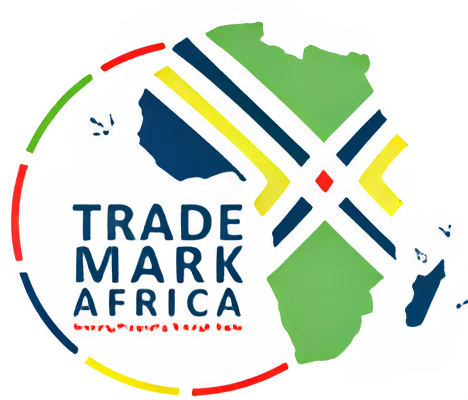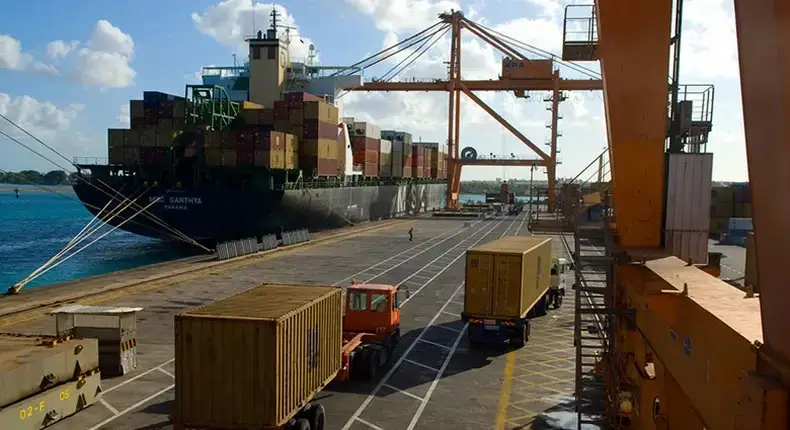In the line of my work for an aid-for-trade organisation, I recently traversed key trade corridors across the African continent to assess their current state of play. These include Abidjan-Lagos in the West, Mombasa-Goma in the East and Durban-Lubumbashi to the South. Travelling mainly by road along these crucial trade routes revealed the vast trade opportunities they hold, as well as the great potential for intra-continental and global trade.
Daunting challenges were also quite clear, including the low quality of infrastructure and interconnectivity (hard and soft), limited awareness of cross-border trade potential, differing trade regimes, red tape and differing customs systems, among others. The result of these challenges is not only a choked trade environment attendant to high transport costs but also significantly higher Green House Gas emissions (GHG) along the corridors.
Take the Northern Corridor, a leading trade route connecting Mombasa Port, along the Eastern Seaboard of Sub-Saharan Africa, with the region’s 250 million people in East Africa’s hinterland, including the nations of Kenya, Uganda, Rwanda, Burundi, Ethiopia, DRC, and South Sudan. GHGs are unacceptably high, at 1.72 million metric tonnes of carbon dioxide. This is 2.3 times and 1.22 times more than the GHG intensity, in similar corridors, across China and Europe respectively.
A growing trade partnership between Europe and Africa demands the modernisation of these crucial trade routes, which will pay great dividends for both Europe and Africa. As the ongoing conflict in Ukraine has demonstrated, there is an urgent need for sustainable connectivity between the continents to ensure more stable supply chains in future, including key value chains such as those touching on food and energy security.
While chairing a panel on Sustainable and Smart Corridors at the international forum European Development Days, many helpful ideas came across on how to make this a reality and have Africa play a more significant role in global trade for the benefit of her people. By deliberately focussing on decarbonisation, digitalisation, climate-adaptation, addressing key choke points and innovative financing of quality infrastructure, Africa can leapfrog some of the trade challenges encountered by other regions.
Interventions developed across the region by aid-for-trade organisations have had a significant impact on trade in the region, reducing trade costs and times, subsequently resulting in efficiency gains and increased trade. For example, work along the Northern Corridor has helped reduce trade costs and times by over 70% to 7.9 days and US$3,065 respectively.
Supporting Mombasa Port’s capacity expansion and reform, as well as constructing and equipping over 15 One Stop Border Points – a concept that allows for just cargo stop for clearance at the country of entry, as opposed to the traditional two-stops, through the alignment of custom procedures, digital systems and upgraded physical infrastructure – has been instrumental to this success. Recent interventions in supporting key corridor observatories for quick resolutions of emerging issues and monitoring GHG emissions have also been important value drivers on sustainability.
Investing in digital corridors to supplement the achievements of physical corridors would also be key in enhancing both intra-African and Africa-Europe trade. A pilot of the Trade Logistics Information Pipeline (TLIP) in Kenya’s European flower trade, is enabling the real time electronic exchange of crucial trade information, minimising costly delays and errors to players in the value chain. Plans are already underway to deploy the technology to other key regional value chains, such as fish and horticulture, across the region.
Whereas such interventions are having the desired effect, a lot more work needs to be done. Africa, for instance, needs to shift more cargo from planes to ships, to reduce the carbon footprint of her goods. The continent also needs to develop more modern logistic centres to fully exploit benefits arising from improving physical and digital infrastructure. For example, the European Union has helped to develop one such facility at the Gulu Logistics Hub, in Northern Uganda, but more facilities are required across the continent. The Programme for Infrastructure Development in Africa estimates that US$360 billion needs to be invested in infrastructure until 2040.
With most African governments, however, under enormous fiscal pressure due to the current state of the global economy and dwindling support from donor countries, key investments supporting flourishing and sustainable trade are likely to delay. The EU can play a key role in supporting these investments, for the mutual benefit of the two regions.
The Africa Free Continental Trade area, that became effective in 2021, further supports the development and modernisation of African trade infrastructure and its systems. A United Nations Economic Commission on Africa study says that intra-African trade will grow by 121% by 2030 on account of the trade pact. Predictably, this will lead to a general increase in demand for intra-African freight by around 28% on the back of 1.3m cargo trucks, 85 maritime vessels and 66,000 rail wagons, respectively.
Modern and sustainable trade will hence benefit trade amongst African nations, trade with key global partners, such as the EU, and contribute to a more stable trade environment globally.
Read original article


